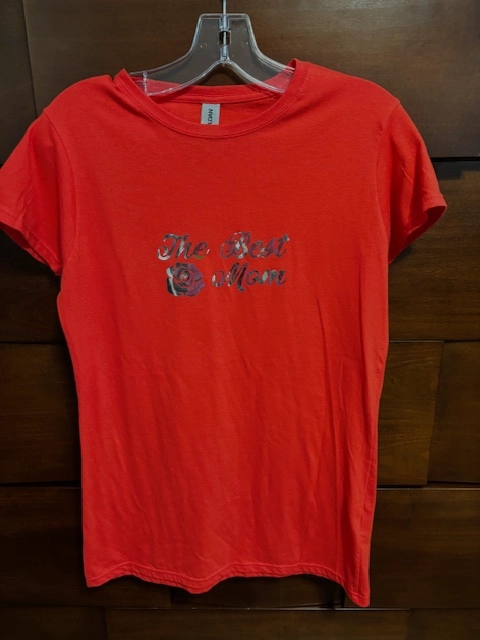Tailored Mugs with Customized Embroidery Layouts for a Distinct Present
Tailored Mugs with Customized Embroidery Layouts for a Distinct Present
Blog Article
The Art of Custom Needlework: Opening the Keys to Creating Distinct and Remarkable Designs
The tricks to developing customized embroidery layouts that captivate the eye and leave a lasting perception lie in a fragile balance of technique, creative thinking, and interest to information. As we dig right into the globe of custom-made needlework, we reveal the nuanced interplay between thread choice, stitch complexity, and layout customization that raises a plain garment to a job of art.
Picking the Right Embroidery Threads
When picking embroidery strings, what vital factors should you think about to make sure the ideal outcomes for your custom-made designs? The option of embroidery string is essential in establishing the final end result of your embroidered design.
Thicker strings can add measurement and appearance to your design, while finer strings are ideal for elaborate information and small message. Additionally, taking into consideration the color fastness and washability of the string is essential to ensure that your personalized designs maintain their top quality and vibrancy over time.
Checking Out Different Stitch Methods
To look into the realm of 'Exploring Different Stitch Strategies', one should comprehend the intricacies and subtleties that each stitching technique gives the art of embroidery. Different stitch methods not only add aesthetic passion however also add to the overall appearance and measurement of the layout. One popular stitch strategy is the satin stitch, which entails closely packed parallel stitches to develop a smooth and glossy surface, suitable for filling in shapes and developing strong lays out.
On the various other hand, the backstitch is a versatile technique commonly utilized for outlining and adding great information. It entails stitching backwards to develop a solid line of embroidery. Additionally, the French knot stitch includes a responsive component to styles, perfect for creating distinctive accents like blossom centers or attractive touches.
Discovering different stitch methods enables embroiderers to have fun with light, shadow, and depth within their layouts, boosting the aesthetic allure and imaginative quality of their embroidery projects. By grasping different stitching techniques, one can open countless possibilities for producing special and memorable personalized needlework pieces.
Incorporating Personalized Design Elements
Having discovered the ins and outs of different stitch techniques such as the satin stitch, backstitch, and French knot, the focus currently moves in the direction of integrating customized style aspects in custom view embroidery jobs. Personalized design aspects play an essential role in making needlework tasks absolutely unique and remarkable. One means to include customization is by including initials, names, or significant days to the style. This not just adds an individualized touch but also boosts the emotional worth of the embroidery piece.
One more way to incorporate tailored design aspects is by including icons or concepts that hold unique significance to the recipient or reflect their passions and individuality. As an example, incorporating a favored flower, animal, or hobby-related symbol can make the needlework design much more meaningful and individualized. In addition, choosing shades that resonate with the recipient or align with the intended style can better enhance the personalization of the embroidery task.
Mastering the Art of Shade Control

One secret element of shade sychronisation is recognizing color concept. This includes knowing how different colors connect with each various other, the emotions they communicate, and just how they can be combined to create aesthetically enticing designs. By applying shade theory principles, embroiderers can develop harmonious shade palettes that improve the general look of the style.
Furthermore, taking note of contrast is vital in color sychronisation. Making use of contrasting colors can aid particular elements of the design pop, hop over to here improve readability, and develop a visually vibrant embroidery item. By understanding the art of shade control, embroiderers can elevate Read More Here their designs and produce unforgettable items that resonate with clients and viewers alike.
Enhancing Structure With Advanced Needlework Stitches
Bullion knots, on the other hand, can be utilized to create twisted, ropelike aspects that add a luxurious feel to the needlework. Experimenting with these innovative embroidery stitches allows you to push the borders of conventional needlework and produce absolutely special and visually appealing structures in your layouts.
Conclusion
Finally, the art of custom-made embroidery includes a combination of picking the best threads, discovering different stitch techniques, incorporating tailored style components, understanding color sychronisation, and improving appearance with advanced stitches. By understanding and executing these key elements, embroiderers can create one-of-a-kind and remarkable designs that display their imagination and skill. Needlework enthusiasts can unlock the tricks to creating stunning and bespoke pieces that stand apart and leave a lasting impression.
Report this page